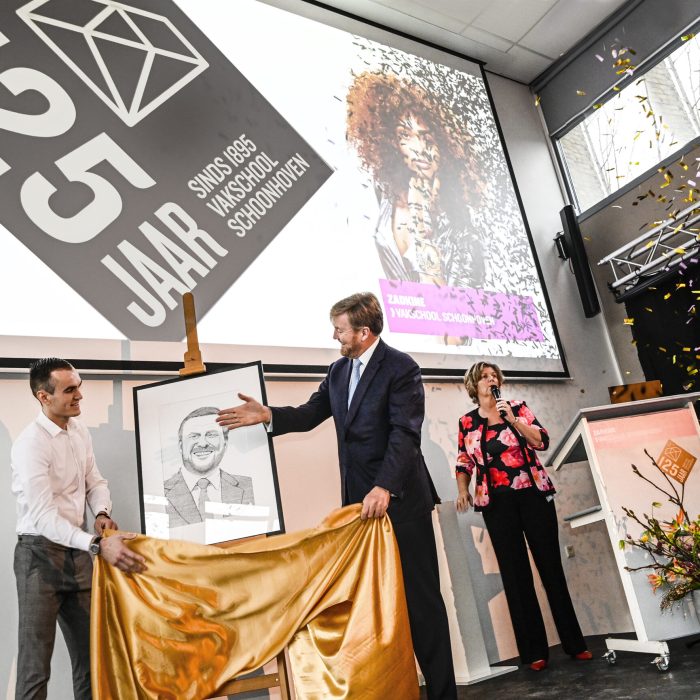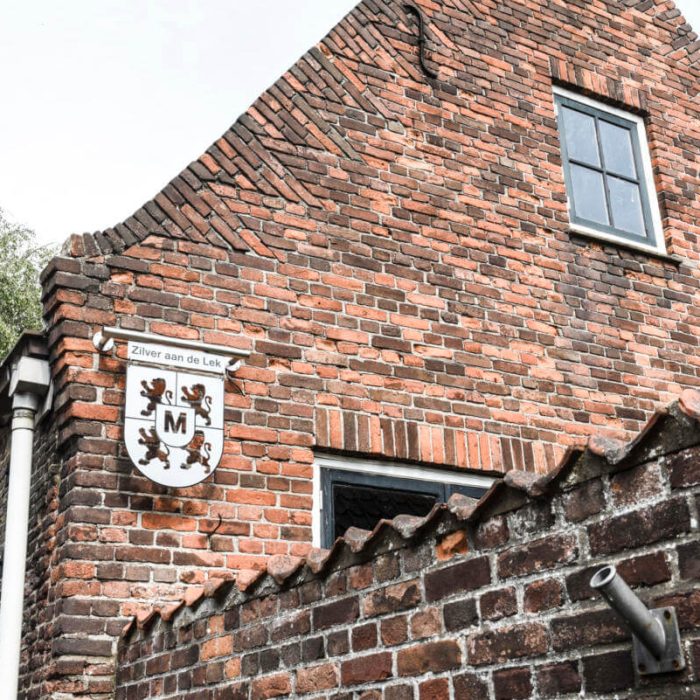Schoonhoven, the Silver City & the Dutch Silver Museum
In short
Schoonhoven is known as the Silver City of the Netherlands. Besides that, Schoonhoven also used to be a fortified city and part of the Dutch Waterline. There is enough to experience and visit in the beautiful region of Krimpenerwaard. Because of its perfect location, in the middle of the green heart of the Netherlands, Krimpenerwaard is perfect for cycling and walking.





